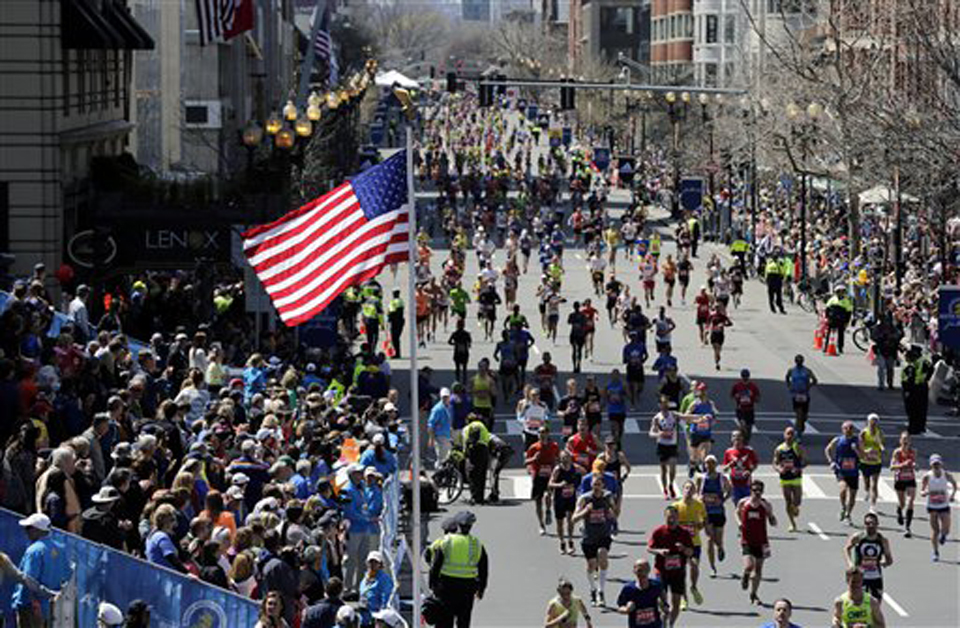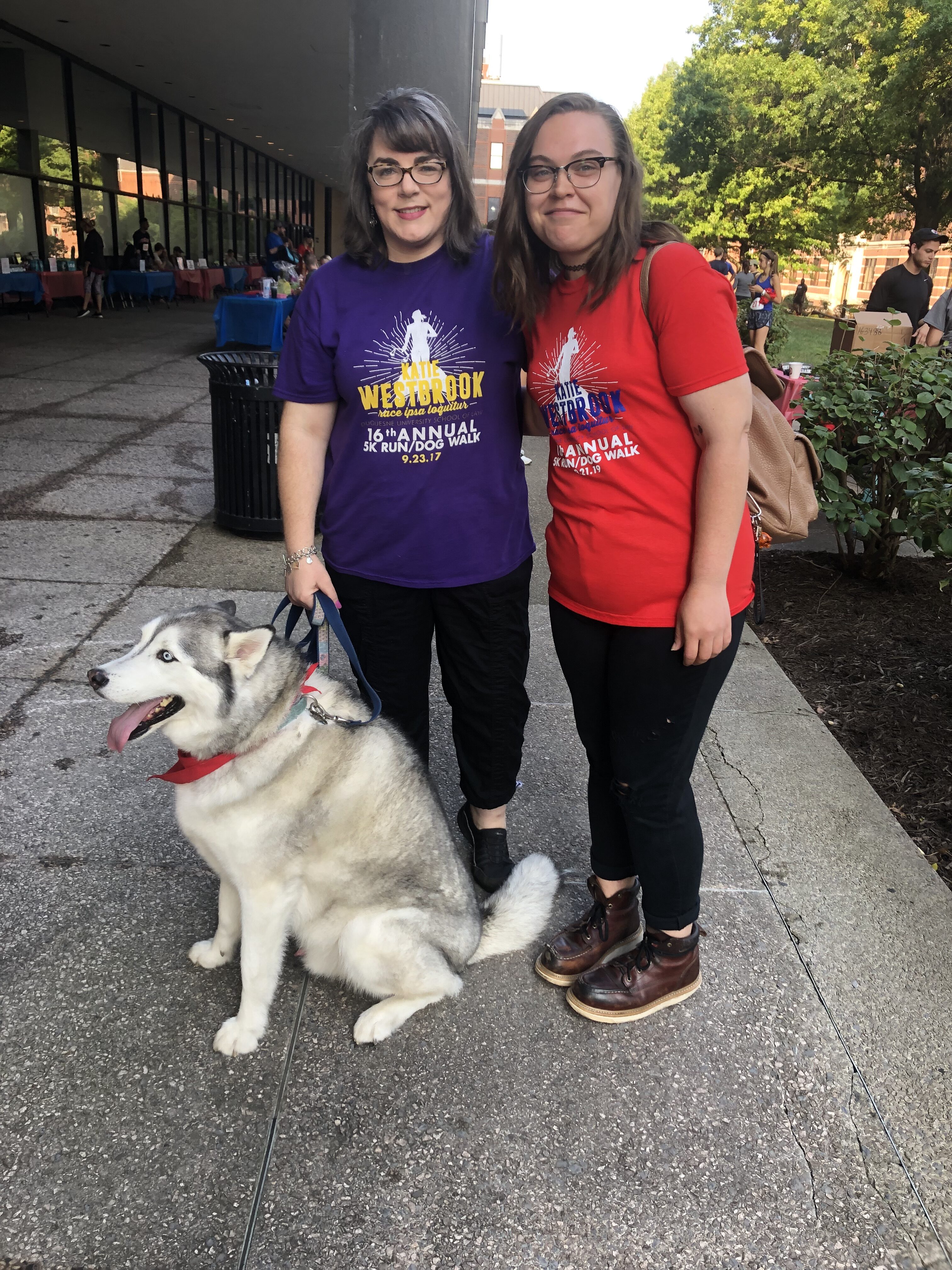Zoe Stratos | opinions editor
Sept. 23, 2021
A high school social studies classroom touts the successes of our nation; On the walls are paintings of George Washington and all of the presidents who came thereafter, an American flag flying high in the corner and copies of the preamble to the Constitution reading our unalienable rights as U.S. citizens:
“We the people of the United States, in order to form a more perfect union, establish justice, insure domestic tranquility, provide for the common defense, promote the general welfare and secure the blessings of liberty to ourselves and our posterity, do ordain and establish this Constitution for the United States of America.”
But what these classrooms, now more than ever, are failing to include are the tragedies of our nation. Our mistakes as a nation. The longstanding failure to include racial equity in our nation.
As young K-12 students, we all learned of the successes of abolition and the Civil War, and later of Martin Luther King Jr. and the Civil Rights movement. But how many schools left out the Birmingham Church Bombing, the murder of Emmett Till?
Many even leave out ways to combat the horrors of our history, and the current events and causations for the origin of Critical Race Theory (CRT) — even spawning legislation in eight states that prohibits the teaching of CRT.
The most recent came earlier this month, as Texas lawmakers passed a bill Sept. 1 that limits teaching racism and sexism in the context of lessons. Other states include Idaho, Oklahoma, Tennessee, Texas, Iowa, New Hampshire, Arizona and South Carolina.
Even schools in the Pittsburgh region have been taking action against teaching CRT in the classroom.
But the biggest issue is that many people have taken the meaning of CRT to extremes, without even knowing its purpose in the first place.
Opponents fear that CRT blames all white people for being oppressors, while classifying all Black people as oppressed victims. However, these are exaggerations of the theoretical framework.
CRT doesn’t attribute racism to white people as individuals or even to the entire group of people — or any other racial group for that matter.
In layman’s terms, Critical Race Theory states that U.S. social institutions — for example: the criminal justice system, education system and healthcare system — are embedded with racism in their rules and regulations that lead to different outcomes for those of different races.
Another part of critics’ arguments stems from the inability to separate self from system. An attack on an institution is not a personal attack, it’s a call for the longstanding laws of our country to be reformed — just as it was during Civil Rights, Women’s Suffrage and really any other reform movement in our history.
There are also people, such as myself for the majority of my life, who recognize our racist past, but bought into the false narrative that the U.S. is now equitable. We sit in a blind spot that our reality is the same as everyone else’s, when racial minorities still face racial exclusion and discrimination.
When it comes to the inclusion of CRT in our schools, scholars are not arguing that white people living now are to blame for the past, but more so have a moral responsibility to actively fight against racism in our age-old institutions alongside the Black community.
State policies attempting to stifle the conversation are an obstacle to an equitable democracy, and are essentially “rewriting” our history and current events.
They are a method of reversing racial progress, whether it’s police reform, or the 15th Amendment. Of course, educators can still teach about our history, but ignoring the implications of our history on current events is preventing our youth from being informed.
Ironically, making laws outlawing CRT confirms the point that racism is still a major part of our institutions — as education was mentioned before.
Schools need to be aware that leaving Critical Race Theory out of their curricula will only encourage ignorance. Schools need to have these conversations and break the age barrier of ignorance if we ever want to see a future without racism.
Teach them the truth. Teach them to be an ally, while assuring them that our history is not their fault — they have the ability to propagate an equitable America in the future.



